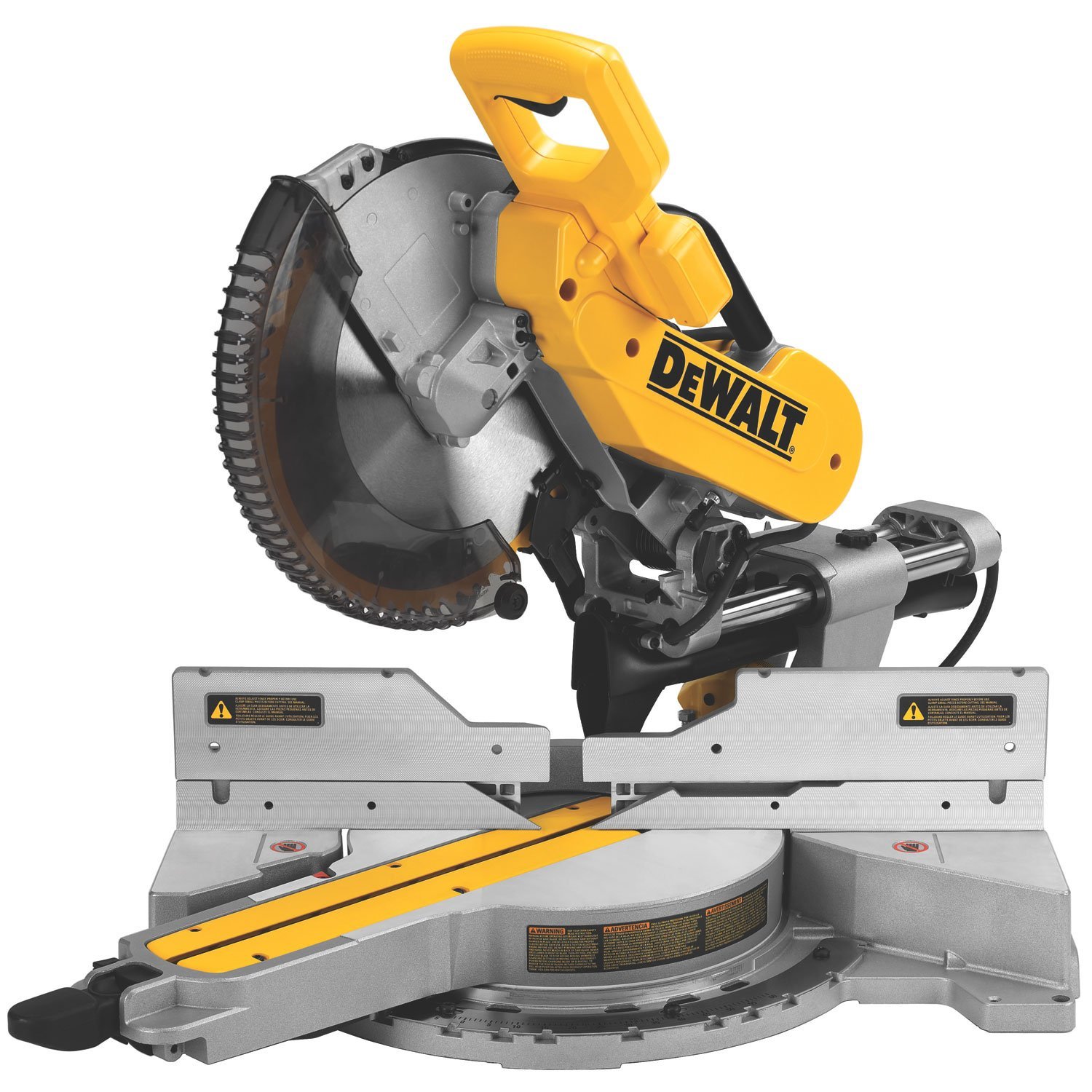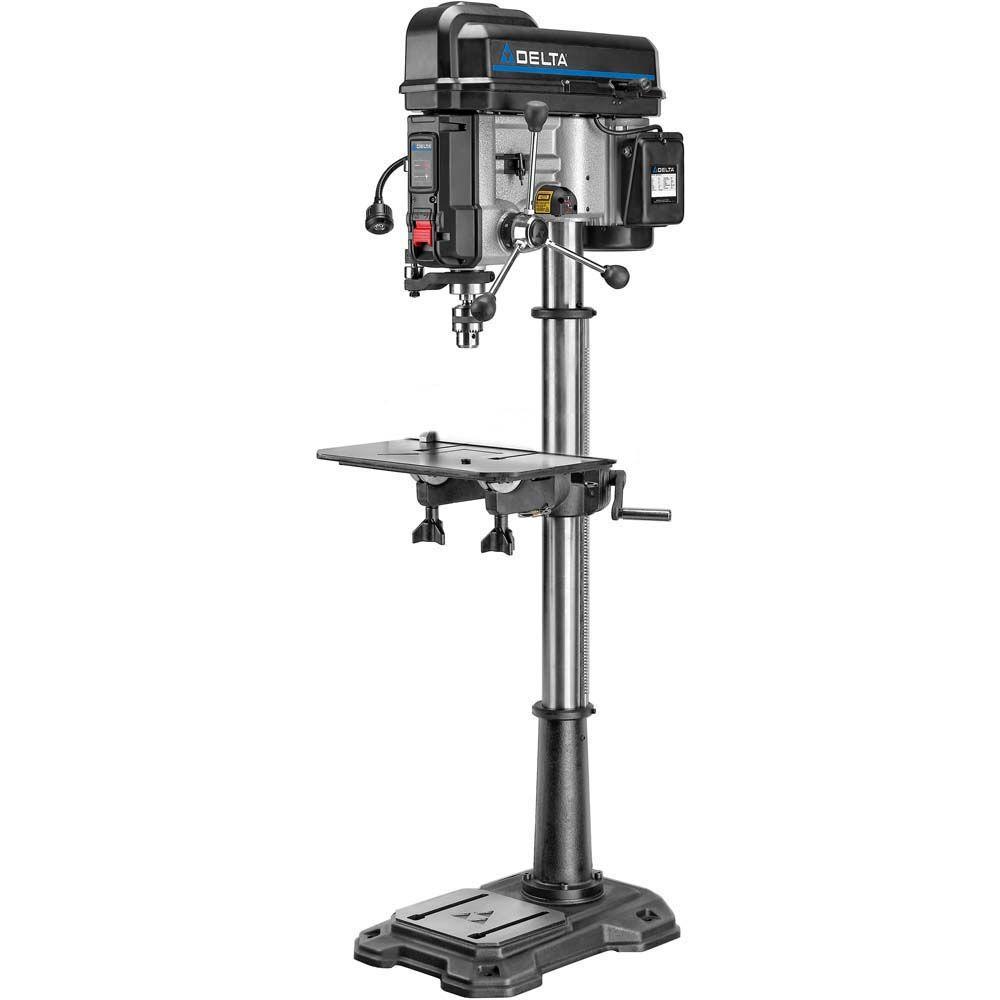Technolust: Welcome to Shop Class

Stuff to build stuff
One of the great things about working at Maximum PC is that I’m always building things. And by things, I mean PCs. Like many people, I enjoy working with my hands and doing projects myself, as long as I have the appropriate hardware and tools at my disposal.
I have a handful of projects for the house that I’ve procrastinated on, and many of them are due to the limited number of tools I have on hand. Sometimes you can get away with what you have if you’re clever, but having the right tool for the specific job is always the best way to go. Usually, the right tool tends to be a big, heavy expensive tool. That’s not a problem, provided you’ll use it for more than one project and buy an item with enough durability that it’ll last a good long time.
One of those projects I’ve always wanted to tackle is building my own PC case from scratch. That’s no easy task, and making sure a case has the proper dimensions and locations of I/O panel and PCI slot cutouts and ATX motherboard standoff holes is crucial. Most everything else is up to someone’s imagination, but in every case I’ve seen, those elements are always in the same place relative to one another.
To build a case, you need tools that can get the job done. Here are a few that could start me off on the right foot.
DeWalt DWS780 Double Bevel Sliding Compound Miter Saw
When you have raw material—any raw material, really—you almost always have to cut it to the length and shape you want. This sliding compound saw will help chop down wood and metal so fast it’ll make you head spin.
Sporting a 12-inch blade, the $600, 56-pound DeWalt DWS780 can make short work of anything you need chopped down to size. The sliding capability lets you make bigger slices, in case the material you’re trying to cut is wider than the blade.
Of all the cutting tools you can find in a shop, the compound miter saw is probably my favorite tool with a blade. The tool allows you to make precise cuts at a variety of angles. Compound miter saws allow movement along three axes, which I’ll call yaw, pitch, and roll. You can move the saw along the yaw and roll axes to find the right angle before locking the saw into place. You move the saw along the pitch axis to cut your material.
The biggest gaming news, reviews and hardware deals
Keep up to date with the most important stories and the best deals, as picked by the PC Gamer team.
This DeWalt saw also has a dust-collection system to help capture the particles generated from cutting. While the saw has a passive system, it’s not too hard to connect a shop vac hose. The saw can also cut 2x14-inch planks in a single go, as well as vertical pieces up to 6 ¾ inches tall.
For most people, you don’t need a saw with this many features, as a single-bevel “chop” saw will often meet your needs for simple, straight cuts. But you need a compound saw for those to make bevels for molding or other projects.
What will this saw offer that I don’t have now?
Currently, I don’t have a miter saw. While I really like my Makita corded circular, a miter saw offers far more accuracy for cutting angles. Using a miter saw is also much, much faster for making repeated cuts of a known length.
Delta 18-900L 18-Inch Laser Drill Press

When it comes to cutting holes in material, a corded or cordless drill usually does the trick. I currently use an 18-volt DeWalt for my drilling jobs around the house, but I have no delusions about that tool being the best drill for every use.
When you need a truly accurate drill, the only way to go is to use a drill press. Unless your personal strength and dexterity stats are through the roof, it’s unlikely that you’ll be able to make holes like a drill press can, especially at an angle.
I went looking around online for the best drill press you can get outside of an industrial supplier, and the Delta 18-900L came up as the best drill a consumer is likely to get their hands on. The 18-900L isn’t the best drill press for the money, since it costs a pretty penny at $1,085. However, it is the most feature-packed and won’t bat an eye at almost any job you throw at it. In this sense, it’s a lot like the GTX Titan X. It’s kick ass, but probably not the item a sane homeowner would go out to buy, unless they have deep pockets and a penchant for doing lots of heavy-duty projects.
As if drill presses weren’t accurate enough already, the 18-900L has a pair of lasers that intersect exactly where the centerpoint of the bit will hit the work surface. That makes lining up the drill much easier for repeated bores, since you don’t have to lower the bit and align each piece. (This also allows you to keep the drill on between bores.)
Drill presses aren’t just for making holes, either. By using a cutting bit or a sanding bit and locking it into position, you can shape materials with the press as well.
What will this drill press do for me that I don’t have now?
Creating accurate, perfectly aligned bores is a lot harder than it looks, but using a drill press makes it a piece of cake. If I wanted to build a PC case from scratch, this is the part that I’d need to make holes for the motherboard standoffs. No other method would be accurate enough for my taste. A drill press also makes drilling through round objects (pipe, dowels, etc) super easy.
Hobart Handler 210 MVP MIG Welder
After you cut your metal and drill holes in it, you have to put the pieces together. Sure, you could use a series of bolts, but welding them together will render a smoother look without any wiggle.
I’d love to learn to weld, but I haven’t (yet) had the time to take a class at the local community college to do so. That said, I looked around for a MIG welder that could weld thinner sheets of aluminum or steel, like those used in a PC case. The Hobart Handler 210 MVP looked like it would be a unit that would meet those demands.
For $900, the Handler 210 MVP comes with just about everything you need to start welding: a MIG gun with 10-foot cable, removable plug adapters, a gas regulator, and a spool of flux-core wire. The Handler can run off of 115V or 230V, and automatically detects input voltage.
What does the welder do for me that I don’t have now?
Like I mentioned, I don’t have a welder right now, nor do I have the knowledge of how to MIG weld properly. Having this welder would allow me to cover half of that shortfall. After I learn how to weld, I would be able to construct all manners of metal things (including PC cases) for fun or utility.


